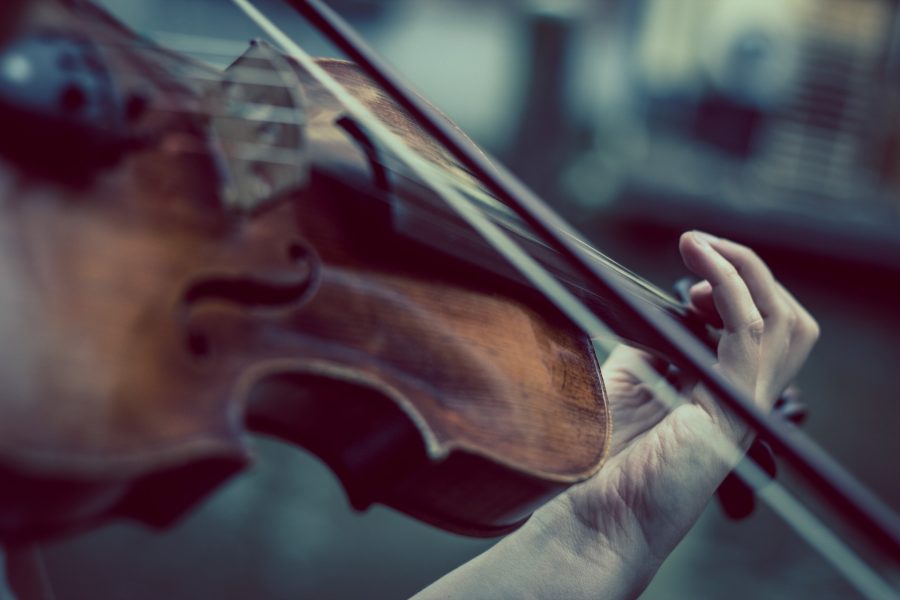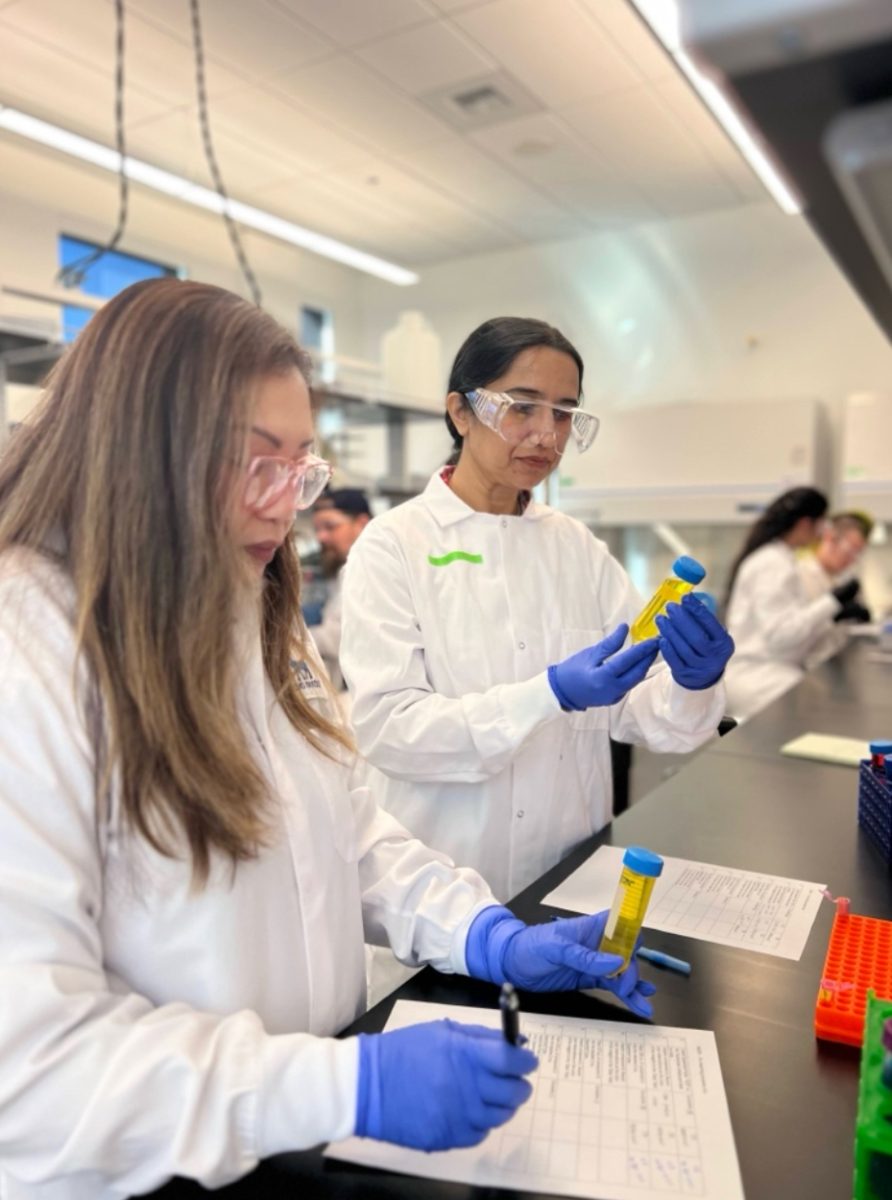Stradivarius violins are among history’s most romanticized instruments, coveted for their beautiful tone and superior craftsmanship. Many scientists have studied the material properties of Stradivari’s instruments, searching for a lost trade secret or some historical context that can elucidate his process. Regardless of how these violins were actually made, research into the subject has yielded new insights for the craft of violin making.
Interestingly enough, the mechanical properties seem to differ little from instrument to instrument.
Physicist George Bissinger sought to parameterize violin quality by compiling measurements from 17 different instruments into his database VIOCADEAS. Dimensional modal analysis (the modes of an object describe how it oscillates and the frequencies it produces), CT scans (for describing density and shape), and 3D scans with accompanied acoustical recordings formed a rich database of information, which Bissinger then analyzed in an attempt to contrast the structural acoustics of “bad” violins and “good” violins.
Bissinger concludes that “the very best violins measure little different from the worst,” before speculating that psychoacoustics and preference may be the only dictation of an instrument’s quality.
Bissinger’s analysis was largely based on physics and statistics. Examining different violins from a purely physical lens meant his data reflected only on structural properties. Though he was able to demonstrate that basic acoustical physics do not vary from bad to good violins, there are other parameters that may be able to explain the unique sound of Stradivarius instruments.
Biochemistry has had better luck isolating possible contributors to the Stradivari sound. One important factor in violin crafting is the dryness of the wood at hand. Moisture hinders the radiative efficiency (which impacts how much vibration within an instrument translates to sound we can hear) of your instrument, so the most quality wood often undergoes a drying process of several years.
The methods for this vary, as do the results. However, chemical analysis of Stradivari’s instruments suggest the Cremonese luthiers of old may have used a special process known as “stewing,” in which wood is lightly heated in a chemical solution. Joseph Nagyvary and team found inorganic chemicals within the scrapings of Stradivarius violins that were not present in modern standard wood samples used for instrument crafting, suggesting that Stradivari may have employed this practice.
Nagyvary’s data also suggests a correlation between chemical residue and hemicellulose degradation. Hemicellulose is a molecule in wood fibers that aid in the absorption of water, so its removal would amplify the dryness of wood. Stradivari’s secret may have been his stew.
A popular historical theory is that ancient luthiers were graced with specially grown wood. Lloyd Burckle and Henri Grissino-Mayer proposed that spruce trees experienced slow, even growth during a significant portion of the Little Ice Age called the Maunder Minimum. Cold temperatures and long winters in tandem with regional properties of the earth in Cremona are thought to have produced the ideal wood for violin crafting. Stradivari may have simply been a master craftsman with access to the most quality materials.
As a consequence of the Maunder Minimum, spruce trees of the 18th century likely would have had a lower density and a higher modulus of elasticity than the spruce trees of today. Francis Schwarze and team thus aimed to produce a wood with similar acoustic properties of Stradivarius violins by intentionally decaying their samples with fungus. Schwarze’s process causes selective degradation, which can lower the density of the wood without damaging the structural integrity of the wood.
After the fungus has finished its job, it is exterminated via gas. Their success led Schwarze to seek development of this technique, and his team is currently working on the logistics of their biotech violin “mycowood.” More testing is needed before these instruments can enter production. However, the mycowood team speculates that their violin may become a prime substitute for the million dollar Stradivarius.
Though researchers avidly seek to replicate Stradivari’s unique sound, some wonder if it has been over-romanticized. Authors Bruno Fazenda and Bruno Cox discuss the “halo effect,” a known psychological effect that describes the influence of impression on interpretation. People may hear a Stradivarius violin, recognize Stradivari’s reputation, and thus perceive his instrument as better compared to any other. There are many genres of violin sound, after all, and little scientific basis that objectively shows Stradivari’s instruments to be “better” than those of today’s master luthiers.
After extensive analysis of violin dynamics revealed no clear indication that Stradivari instruments are physically better than those of another luthier, George Bissinger could only assume their quality stems from preference of the listener. He ends his 10 year compilation with the thought: “if excellent violinists cannot agree on a quality rating because of sound preferences […] shouldn’t it follow that scientific measurements could do no better?”
Although it is fascinating to investigate the mechanisms of Stradivarius violins, in the end, a quality instrument is in the ear of the beholder.














